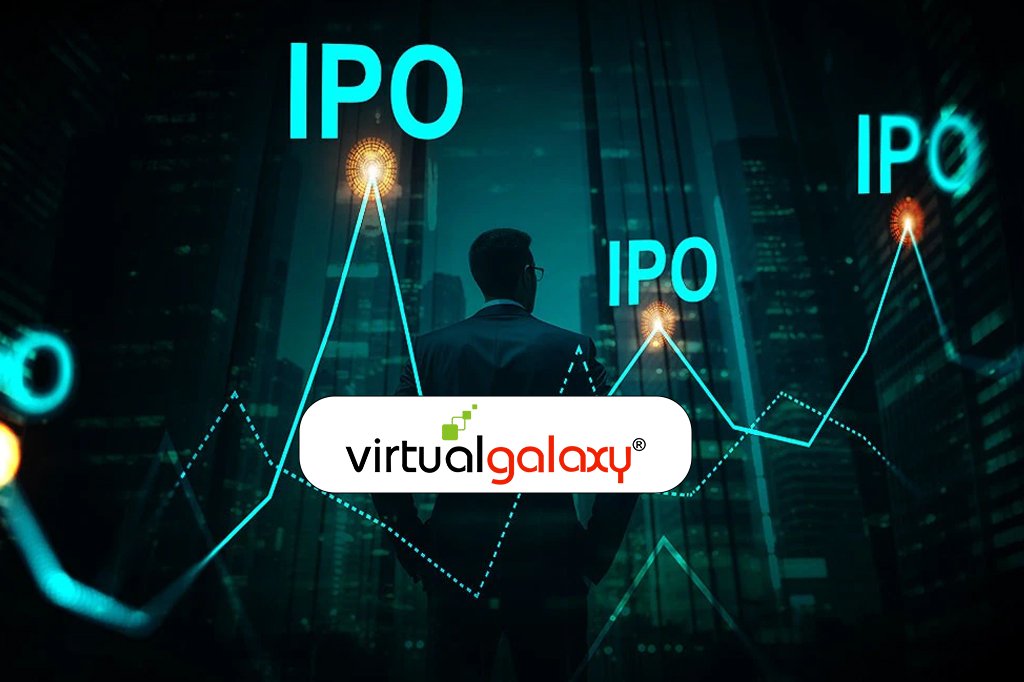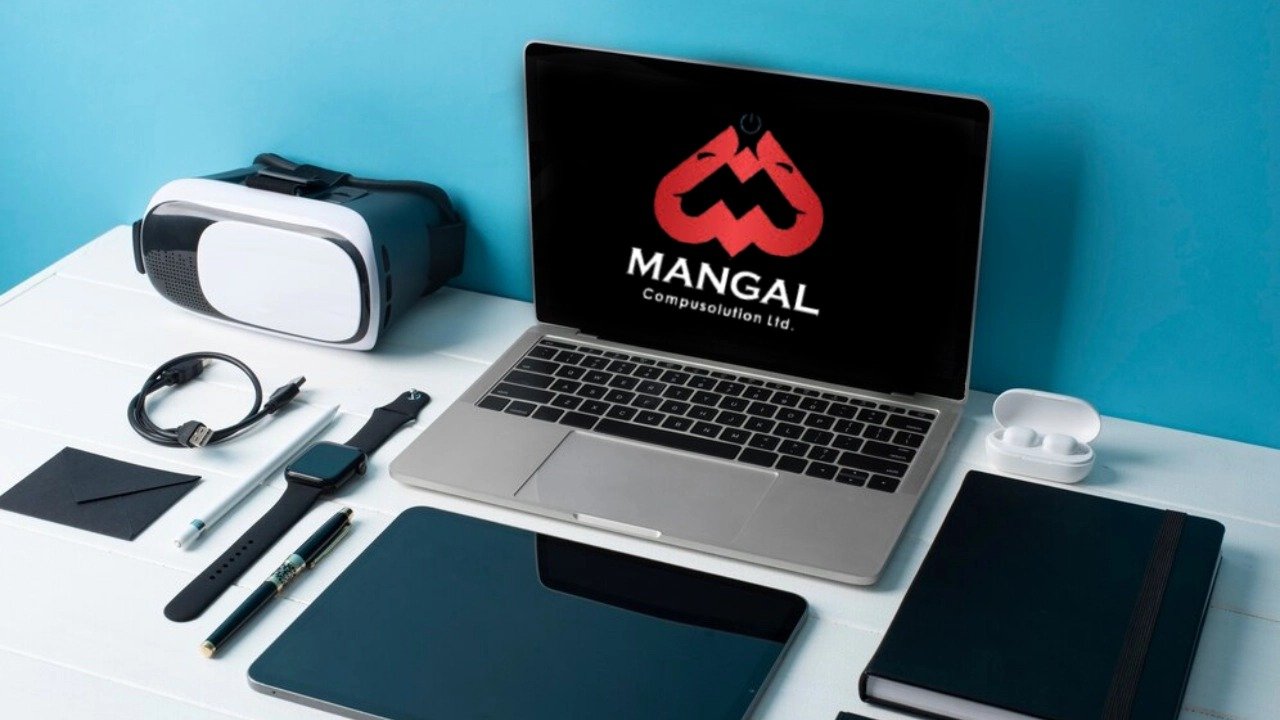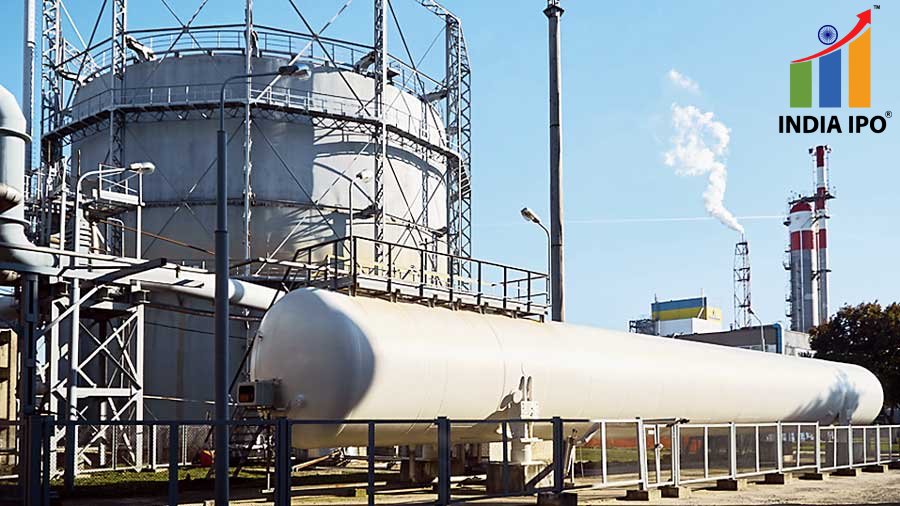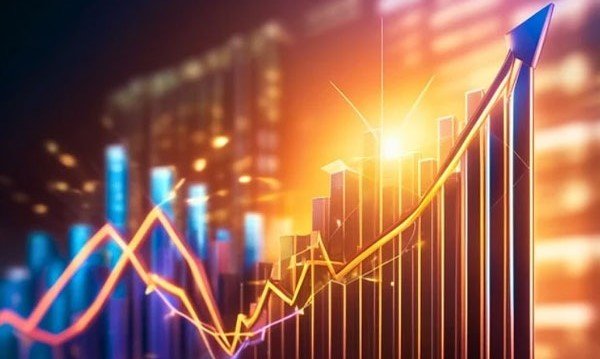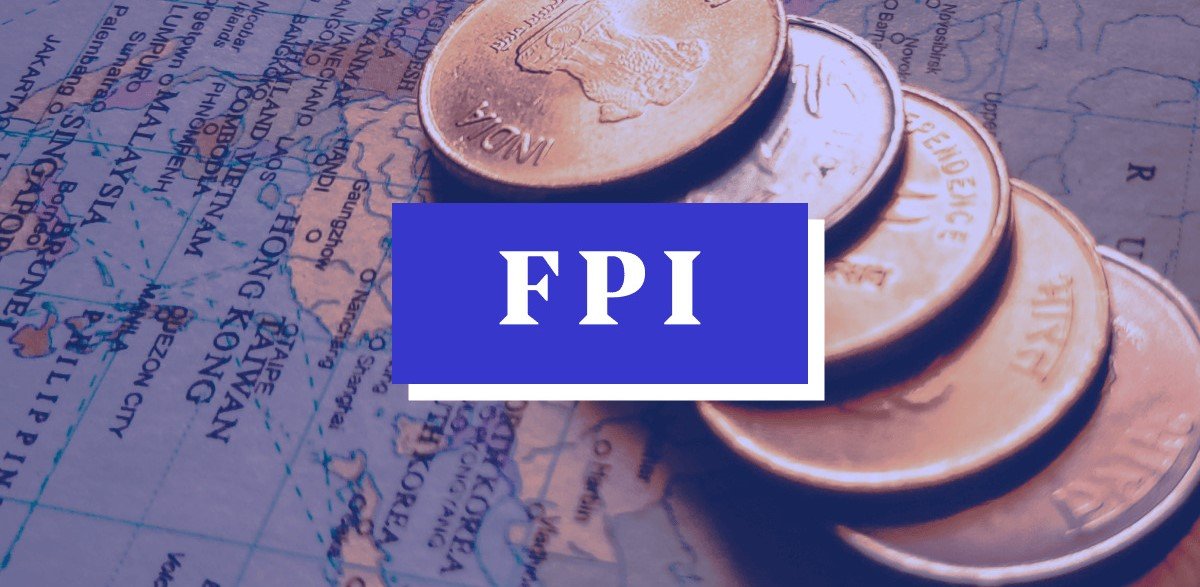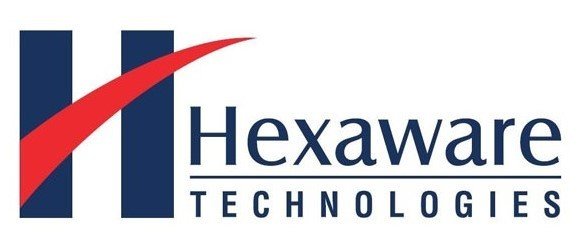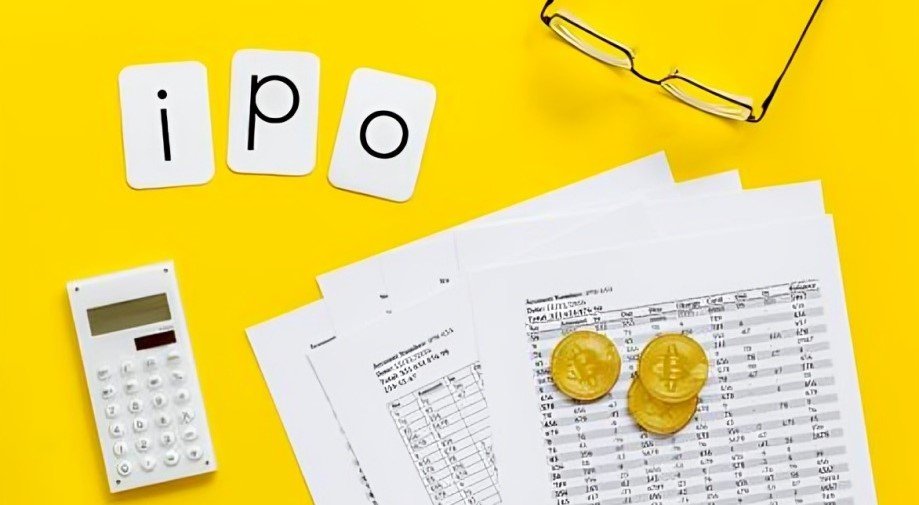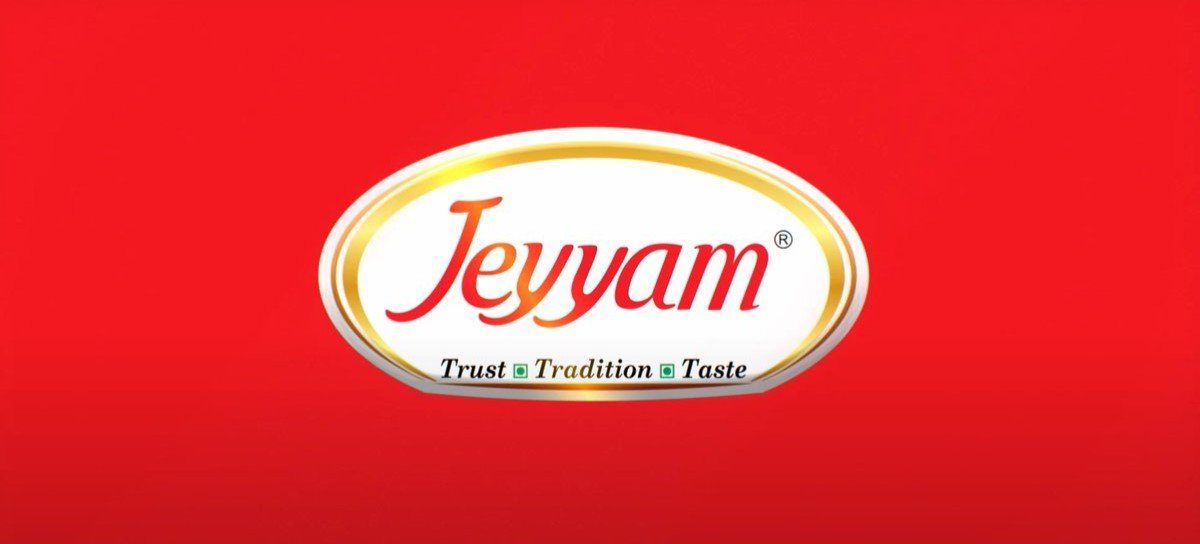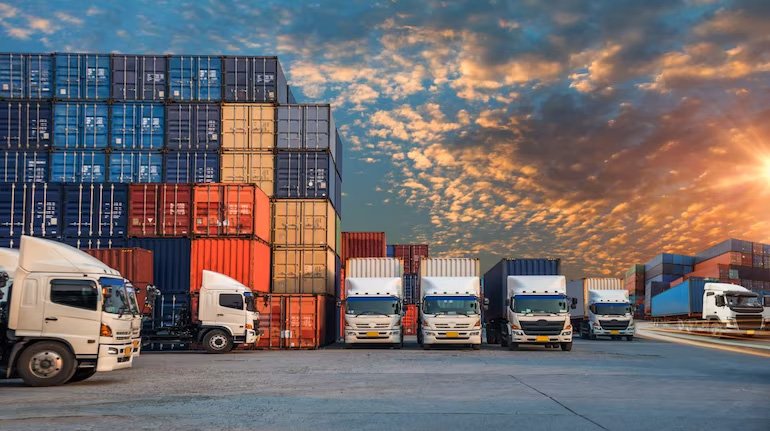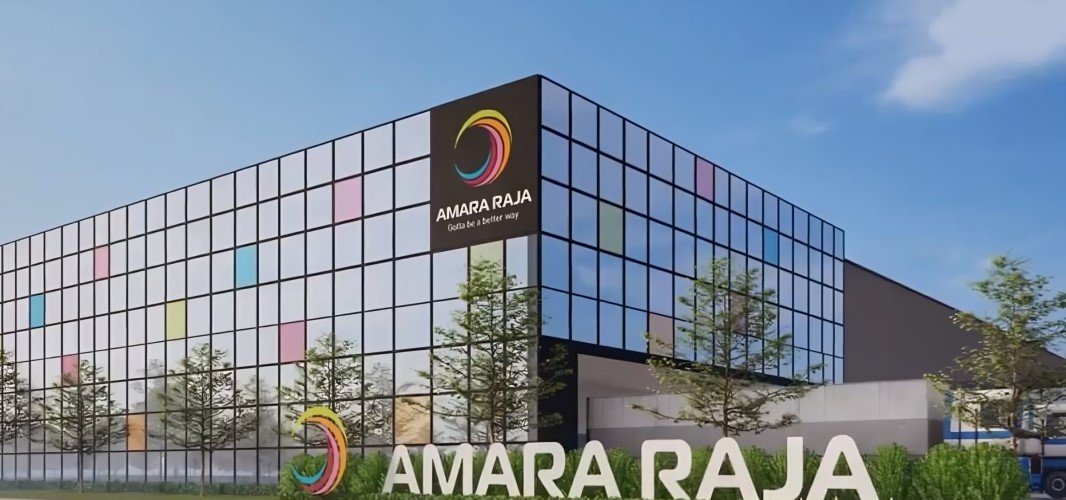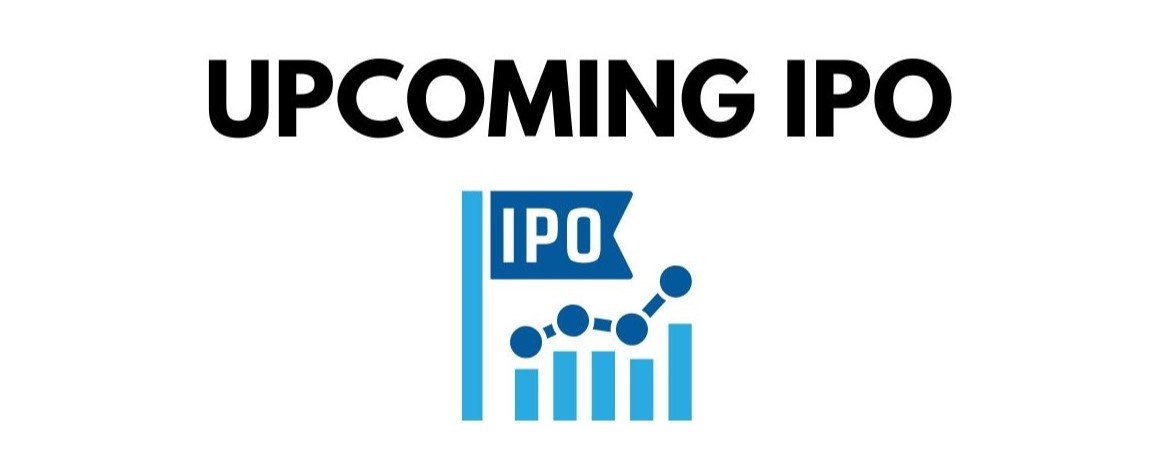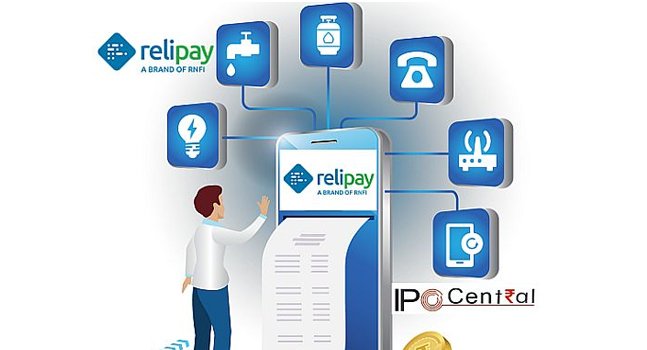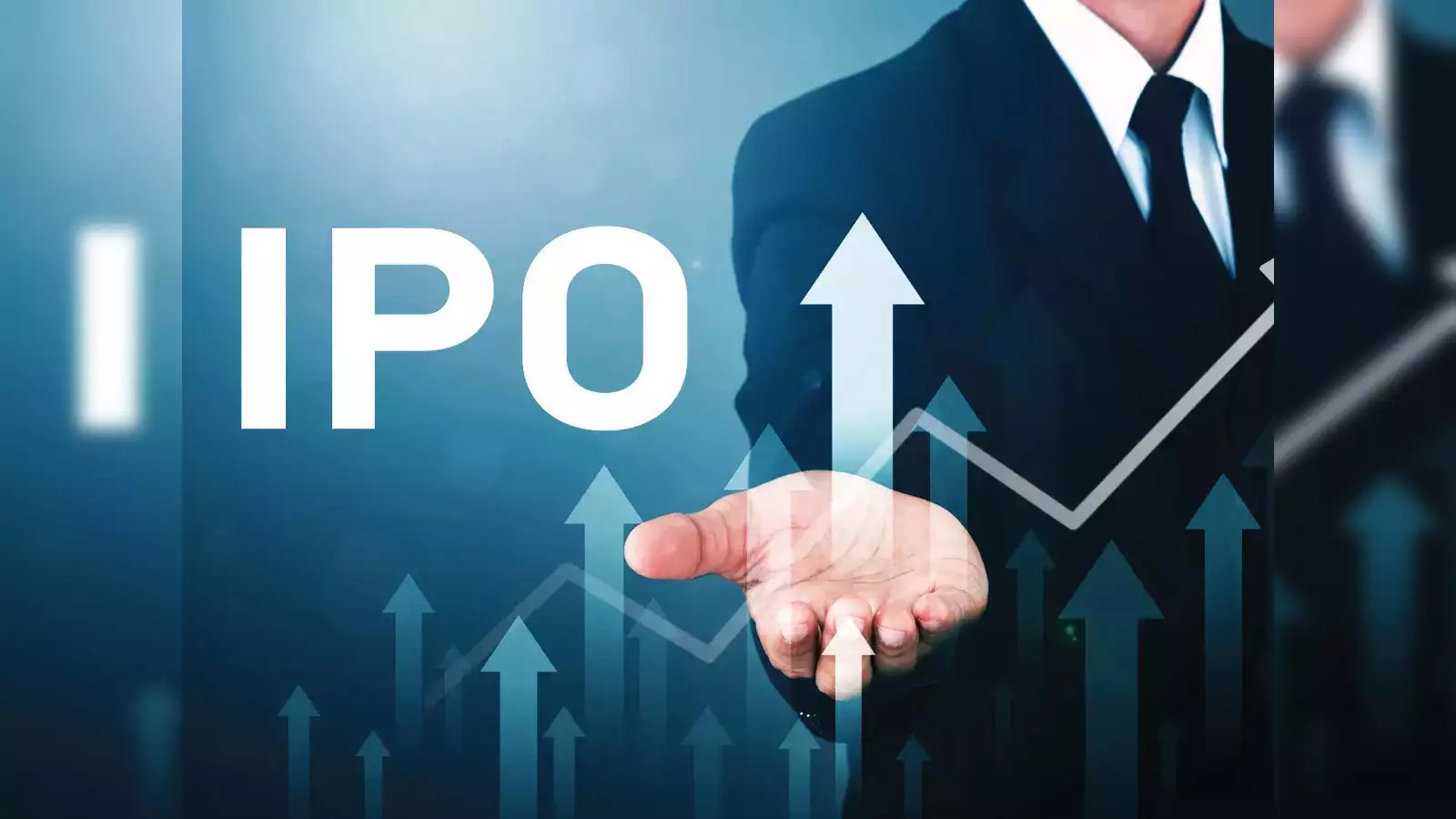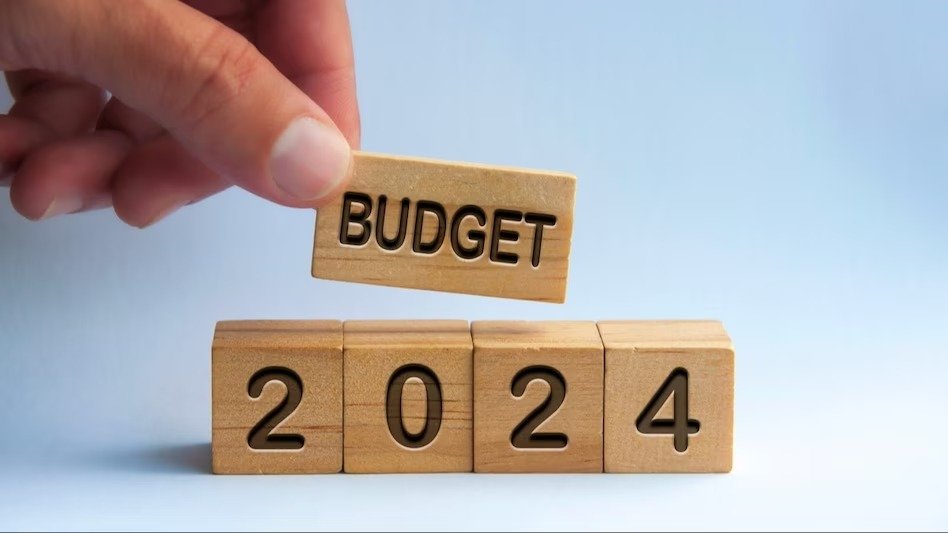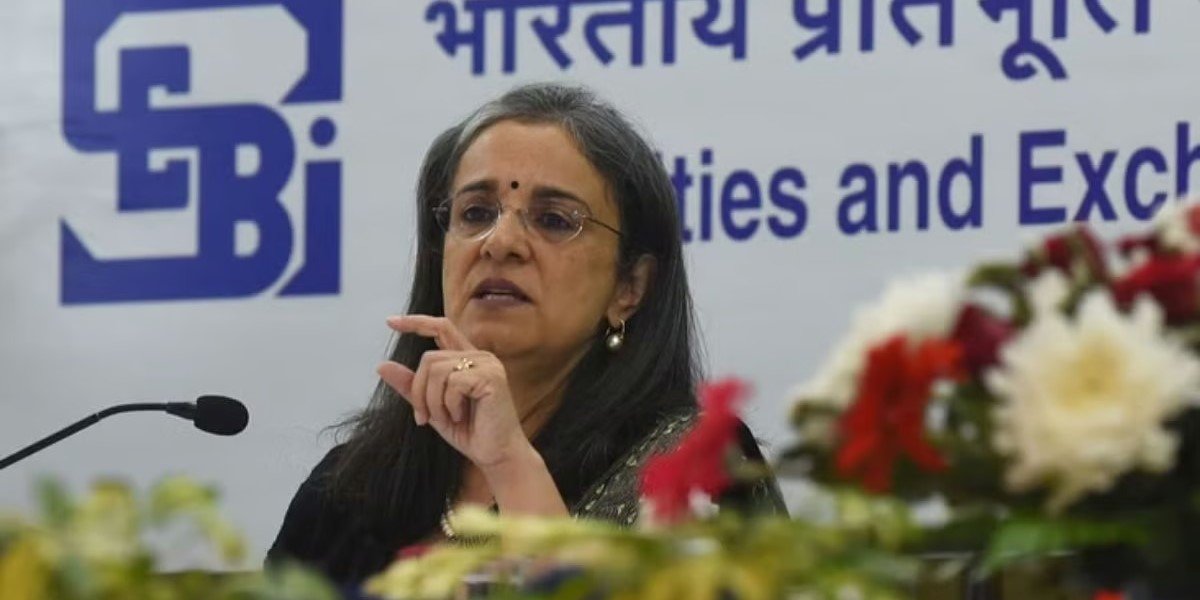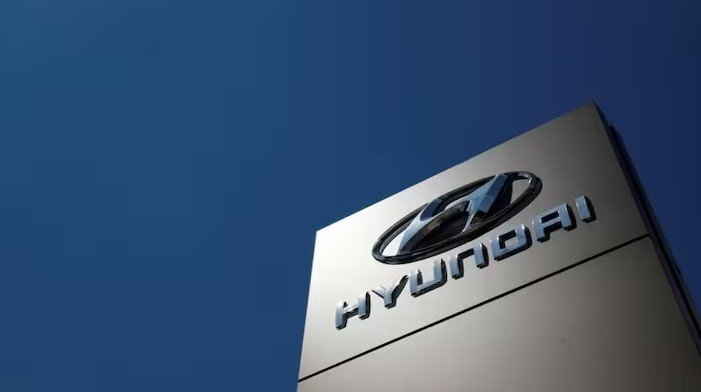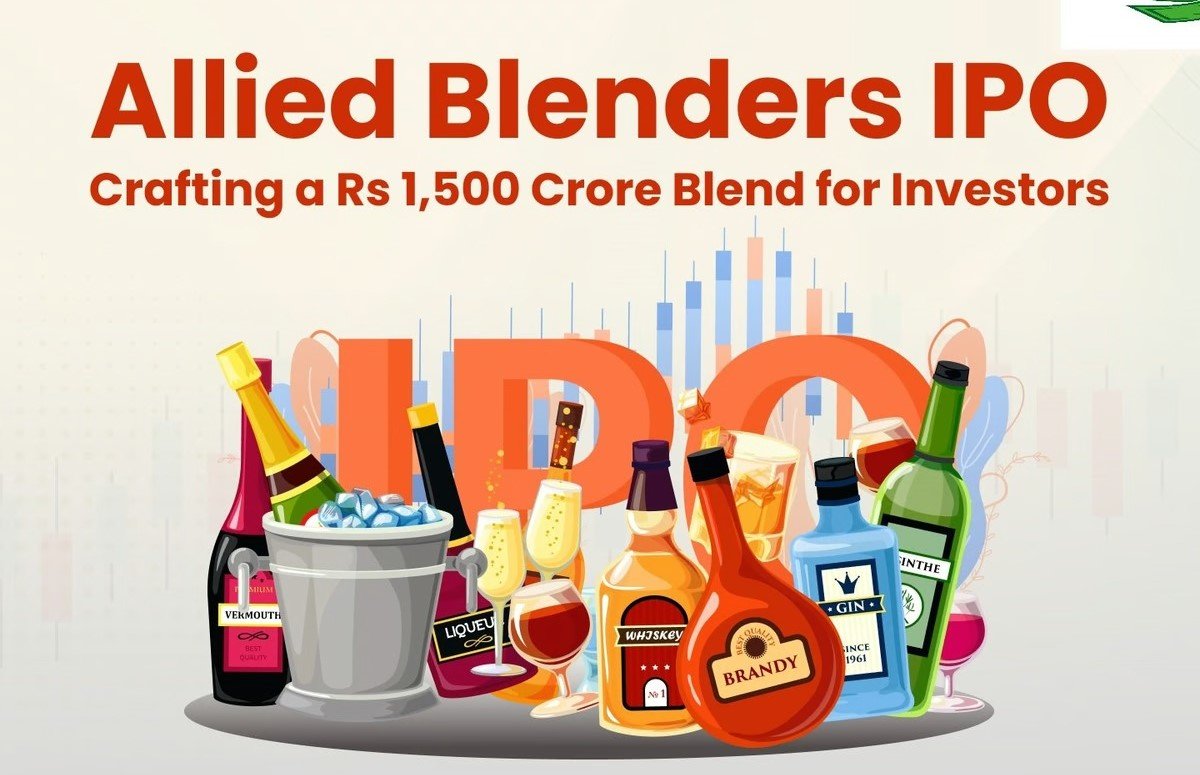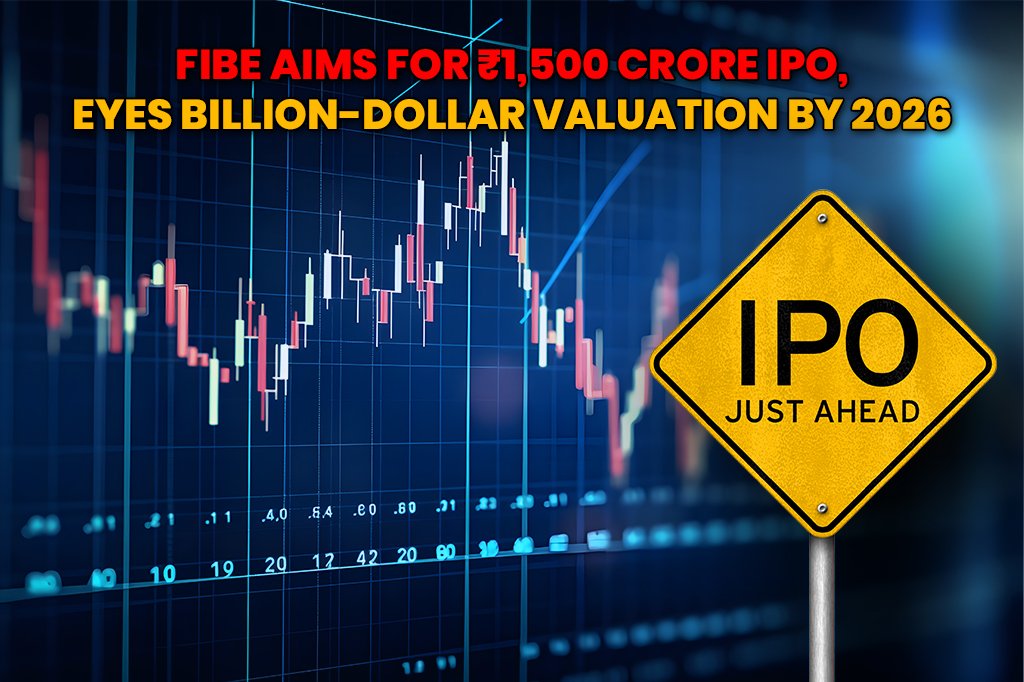


Retail Participation Hits New High
India’s capital markets continued to deepen retail penetration in FY25, as the National Stock Exchange (NSE) added over 8.4 million new active demat accounts, marking a 20.5% year-on-year growth. The total number of active demat accounts on the exchange reached 4.92 crore by March 2025.
Digital Brokerages Drive Majority of Growth
Two digital-first brokerages, Groww and Angel One, led the surge in new account openings, contributing over 57% of the net additions.
Groww added 3.4 million accounts, accounting for 40% of NSE's new additions. Its active client base rose from 9.5 million in March 2024 to 12.9 million in March 2025, pushing its market share up from 23.28% to 26.26%.
Angel One added 1.46 million accounts, representing 17.38% of the year’s additions. Its client base grew to 7.5 million, holding a 15.38% market share.
Together, these platforms added 4.8 million accounts out of the total 8.4 million new additions.
Other Key Players See Steady Gains
Zerodha, while growing at a slower pace, added 580,000 new accounts and maintained a 16% market share.
HDFC Securities saw 36.78% year-on-year growth, bringing its client base close to 1.4 million, with a 3% market share.
ICICI Securities reported 3.65% growth, reaching 1.9 million active clients.
Dhan, a newer platform, posted the highest percentage growth at 89%, expanding its client base from 960,000 clients, driven by popularity among younger and tech-savvy traders.
Tier II and III Cities Power the Trend
The increasing market share of digital platforms indicates a clear preference for mobile-first, user-friendly investing solutions, particularly among retail investors in Tier II, III, and IV towns. This trend is reshaping how India’s emerging investor class engages with capital markets, signaling a structural shift toward tech-led financial inclusion.
As digital platforms continue to dominate new account growth, the landscape of retail investing in India is undergoing rapid transformation—driven by accessibility, convenience, and evolving investor behavior.
Read more :


